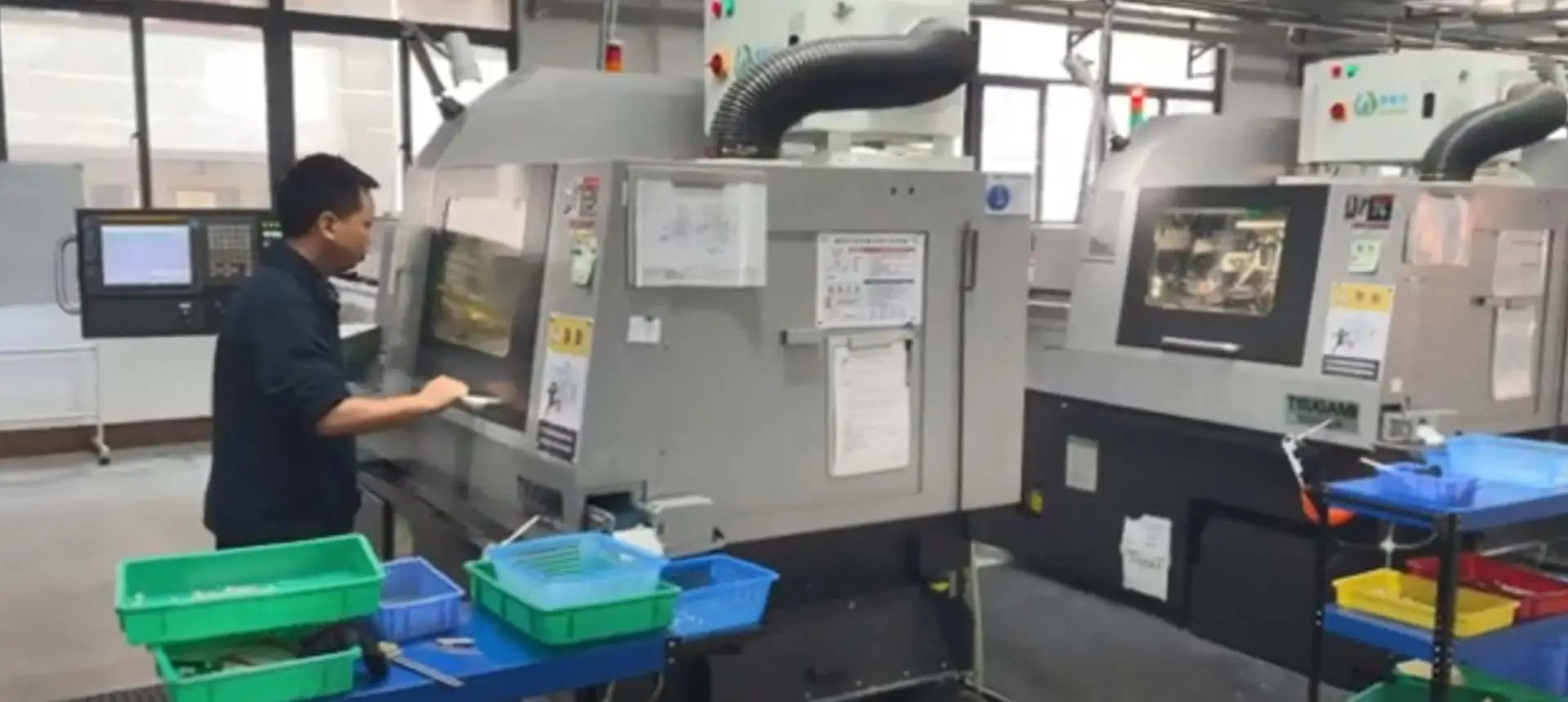
CNC turning is a process in which a lathe machine is used to shape raw material into a finished product. The latest technology for CNC turning parts involves the use of advanced software and hardware systems that enable faster, more accurate, and more efficient production. This technology includes real-time monitoring and feedback systems that allow operators to adjust machining parameters on the fly, as well as cutting-edge tooling and workholding solutions that improve rigidity and reduce setup times. Additionally, the integration of automation and robotics systems into CNC turning operations is becoming increasingly common, allowing for even greater productivity and cost savings. Overall, the latest technology for CNC turning parts is revolutionizing the manufacturing industry by improving quality, reducing lead times, and increasing throughput.
Achieving precision with CNC turning parts requires a combination of factors, including advanced machine technology, high-quality tooling, and skilled operators. The key to precision lies in careful planning and execution of the machining process, with a focus on optimizing cutting parameters, minimizing tool wear, and ensuring proper workpiece setup and alignment. Additionally, ongoing monitoring and quality control measures are essential for maintaining accuracy and consistency throughout the production run. With the right tools, techniques, and expertise, CNC turning can achieve high levels of precision and dimensional accuracy in even the most complex parts.
In the realm of computer numerical control (CNC) machining, two fundamental processes, turning and milling, play pivotal roles in shaping raw materials into precision-engineered components. Understanding the key differences between CNC turning and milling is crucial for manufacturers and engineers aiming to optimize their machining processes and achieve superior results. In this article, we delve into the distinctive features of CNC turning and milling, shedding light on their applications, techniques, and advantages.
CNC Turning: Turning is a machining process primarily used for cylindrical components. During CNC turning, a workpiece rotates on a spindle, and a cutting tool traverses along the axis of the rotation to shape the material. This process is ideal for creating parts like shafts, pins, and cylindrical surfaces.
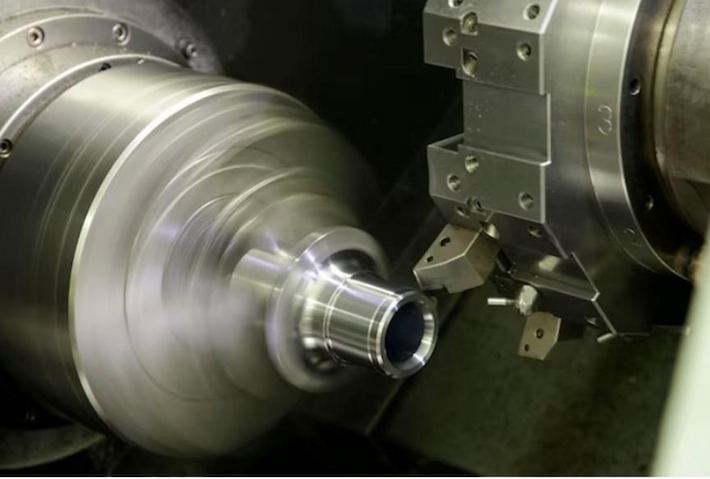
CNC Milling: Milling, on the other hand, involves the removal of material from a workpiece using rotary cutters. The workpiece remains stationary, while the milling machine's tool moves along multiple axes to create complex shapes, slots, and holes. CNC milling is versatile and applicable to a wide range of geometries.
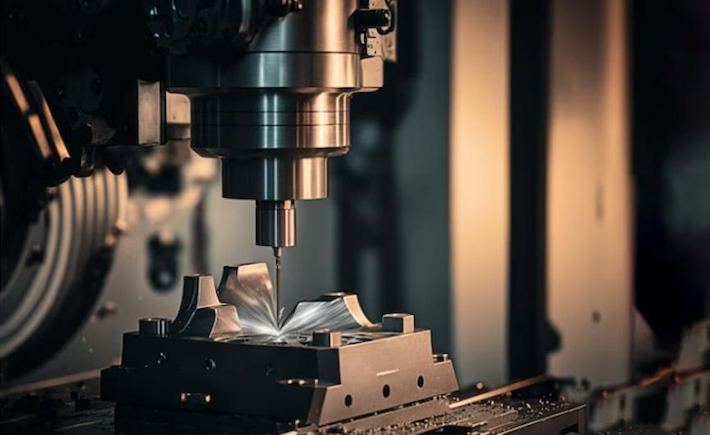
CNC Turning: Turning machines, also known as lathes, have a horizontal or vertical spindle orientation. The workpiece is clamped onto the spindle, which rotates, allowing the cutting tool to move parallel to the axis of rotation.
CNC Milling: Milling machines can have vertical or horizontal spindle orientations. In vertical milling, the spindle is oriented vertically, while in horizontal milling, the spindle is positioned horizontally. This distinction allows for different cutting approaches.
CNC Turning: Turning tools are typically single-point tools that cut material as the workpiece rotates. The tool moves radially and axially to shape the part.
CNC Milling: Milling tools are usually multi-point tools, and the machining process involves both rotating and linear movements. Milling allows for the use of end mills, face mills, and various tool geometries to achieve specific outcomes.
CNC Turning: Turning is best suited for symmetrical parts with rotational symmetry. It excels in creating features like grooves, tapers, and contours on cylindrical surfaces. Common applications include the production of cylindrical components such as bushings, shafts, and flanges.
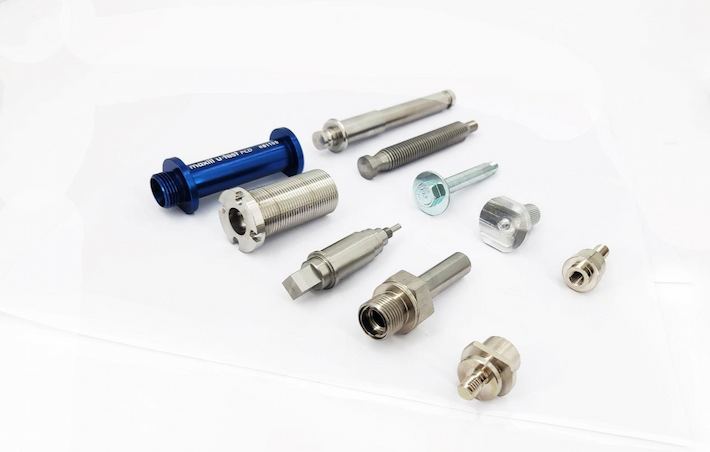
CNC Milling: Milling is adept at producing a wide variety of shapes, including pockets, slots, and complex three-dimensional contours. This versatility makes milling suitable for intricate components. Milling is suitable for a broader range of applications, including the creation of intricate components for aerospace, automotive, and medical industries.
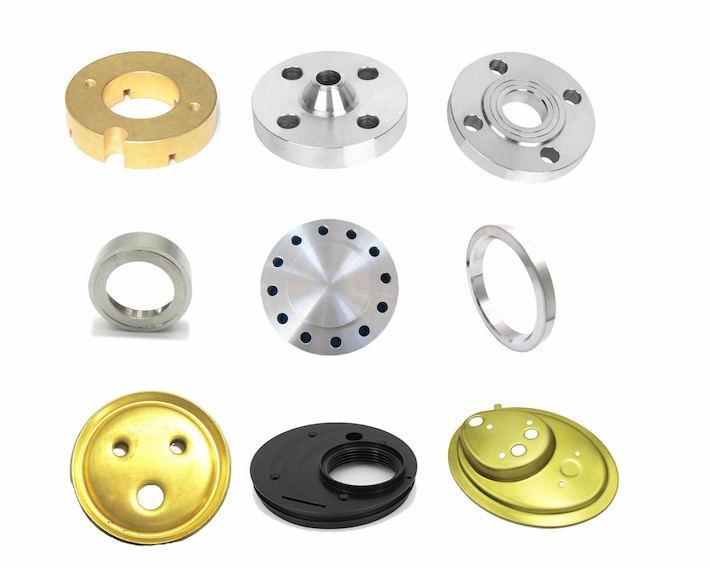
In conclusion, CNC turning and milling are distinct machining processes, each with its own set of advantages and applications. The choice between turning and milling depends on factors such as the desired geometry, material, and project requirements. By understanding the differences between turning and milling, choosing the appropriate machining method can result in the production of high-quality products.
In the realm of CNC machining, HHC (浩海昌) stands out as the top choice for CNC lathing turning, offering unparalleled expertise and customized solutions. Here are the key reasons why selecting HHC is a strategic decision:
As a professional high precision parts factory, HHC excels in custom mold development and tailored solution design, providing personalized manufacturing solutions. Our expertise lies in creating bespoke molds, ensuring the precision and uniqueness of components tailored to your specific project needs.
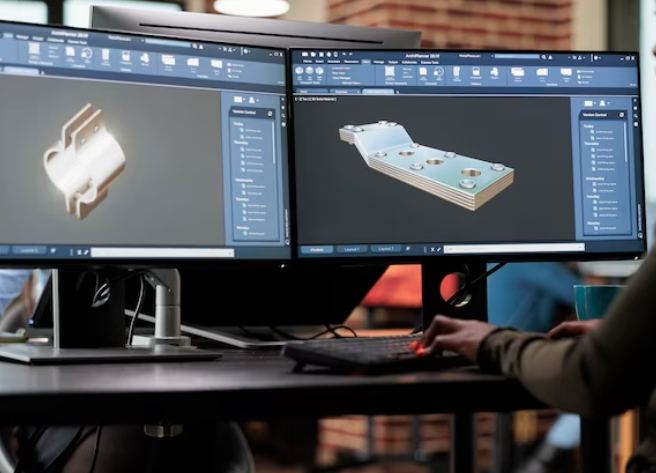
At HHC, quality is our cornerstone. Adhering to international standards such as ISO9001, IATF16949, and ISO13485, etc. We guarantee excellence in every product. Our rigorous quality control processes ensure that each component not only meets but exceeds customer expectations, establishing trust and reliability.
HHC boasts a self-built industrial park, vertically integrating our production chain for a distinct cost advantage. Our efficient production processes and vertical integration enhance productivity, allowing us to meet your cost budget without compromising on quality.
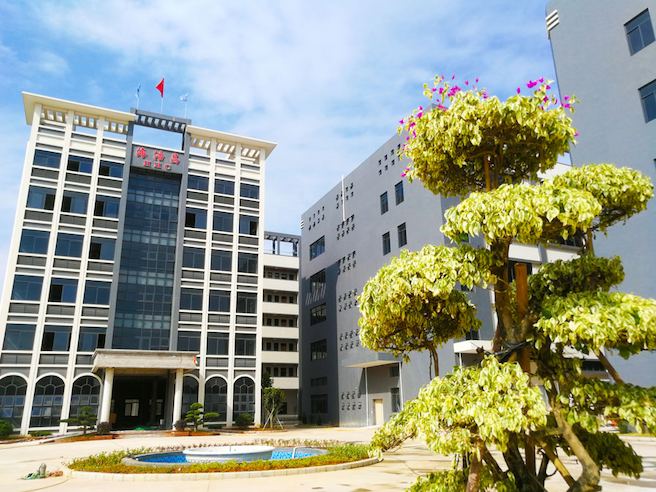
In conclusion, HHC CNC Lathing Turning offers more than precision machining; it provides a partnership rooted in innovation, reliability, and cost-effectiveness. Choose HHC for a collaborative journey that merges customized excellence with unparalleled quality, all while optimizing costs.
In the world of precision machining, CNC turning is a versatile process renowned for its ability to craft various shapes with accuracy and efficiency. Here's a concise exploration of the shapes CNC turning can produce:
CNC turning excels in crafting cylindrical shapes, making it ideal for producing components such as shafts, pins, and bushings. The process ensures uniformity and precision in cylindrical profiles.
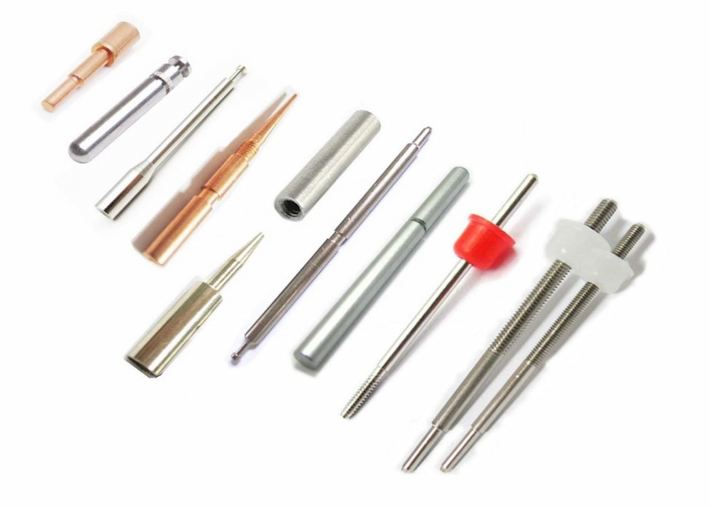
CNC turning is proficient in creating tapers and conical shapes. This capability is valuable for applications where parts require a gradual reduction or expansion in diameter.
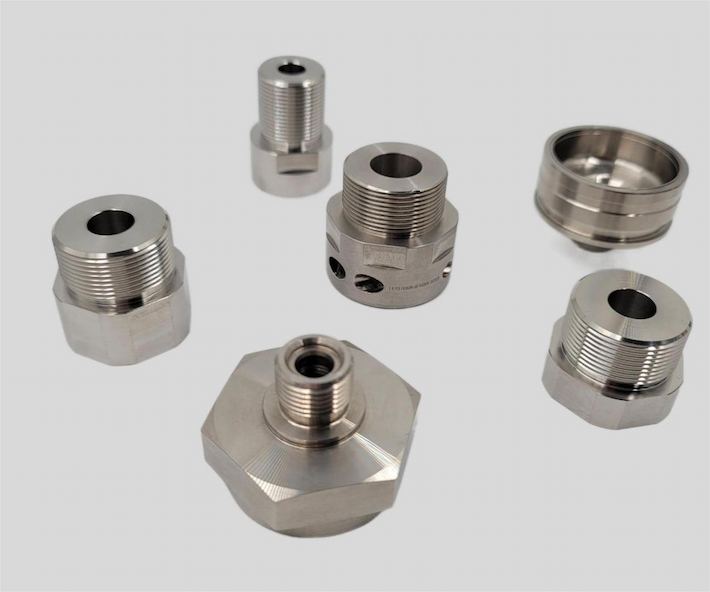
The process is adept at forming intricate grooves and contours on cylindrical surfaces. This makes CNC turning suitable for components with detailed features, enhancing both functionality and aesthetics.
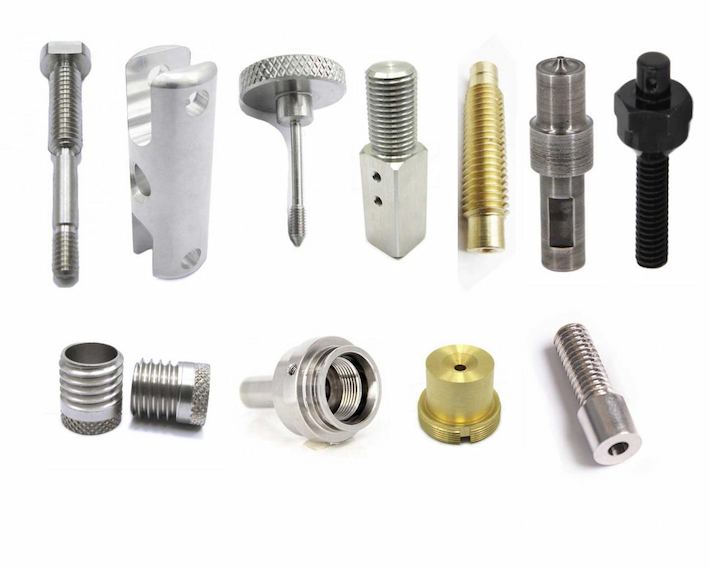
While primarily associated with cylindrical shapes, CNC turning can also be employed to produce spherical components. This versatility extends the range of achievable shapes.
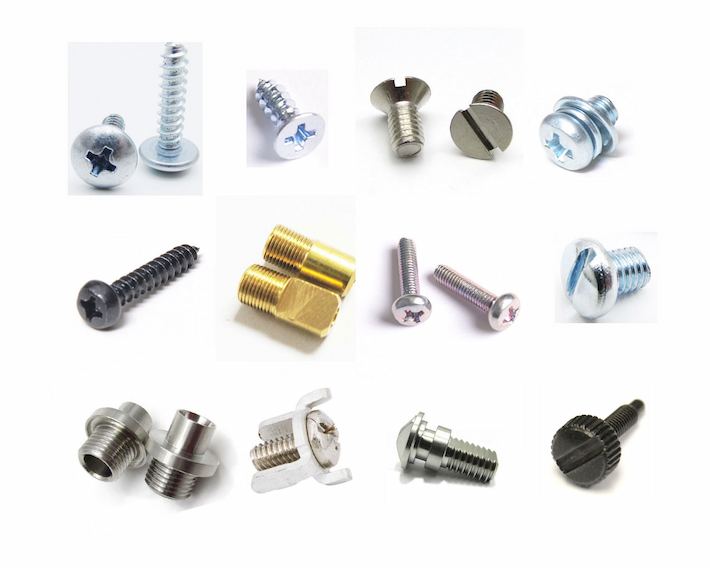
CNC turning can handle complex geometries, including shapes with varying diameters and intricate detailing. This makes it a valuable process for crafting diverse and customized components.
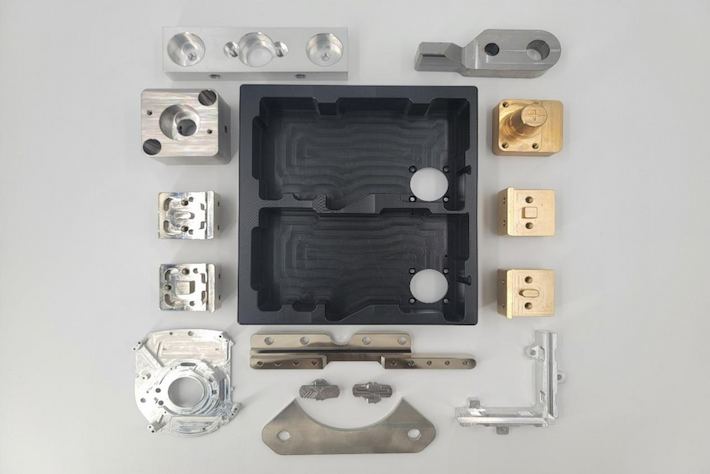
In conclusion, CNC turning is not limited to specific shapes; its adaptability allows for the creation of a wide array of components, ranging from simple cylindrical forms to intricate and complex geometries. The precision and efficiency of CNC turning make it a preferred choice for shaping various parts in the real.


